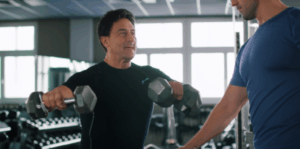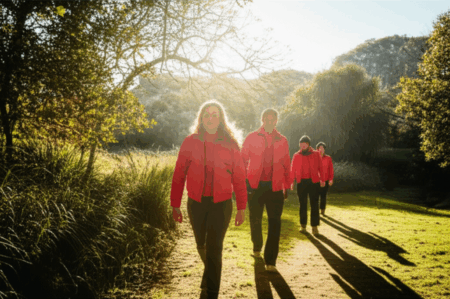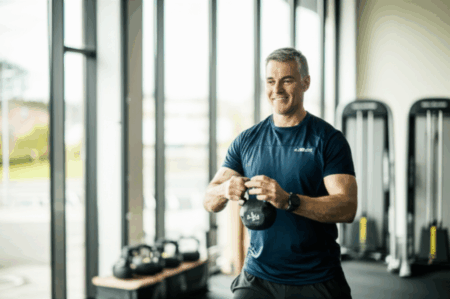Chronic pain can be debilitating, often leading to a cycle where reduced movement exacerbates discomfort. However, gentle exercise, particularly walking, is a powerful tool to break this cycle, alleviate pain, and improve overall mobility. This 31-day plan combines a progressive walking routine with targeted mobility exercises and essential lifestyle considerations to help you move more freely and with less pain. Always consult your healthcare professional before starting any new exercise regimen, especially if you are experiencing pain or have underlying health conditions.

The Power of Walking for Pain Reduction
Walking is a low-impact, accessible, and free form of exercise that offers numerous benefits for pain management and overall health.
How Walking Helps Reduce Pain
- Improved Blood Flow and Circulation: Walking enhances blood flow to muscles, tendons, ligaments, and joints, delivering vital nutrients and flushing out waste products like lactic acid, which can contribute to pain. This increased circulation also helps reduce stiffness and improve range of motion.
- Joint Lubrication: Movement, including walking, stimulates the production of synovial fluid, the natural lubricant within your joints. This fluid reduces friction between bones, allowing for smoother movement and less discomfort.
- Strengthening Muscles and Bones: Walking helps maintain muscle tone, which supports bones and joints. It also engages and strengthens core muscles, beneficial for conditions like lower back pain. The weight-bearing nature of walking can also increase bone density.
- Inflammation Reduction: Regular physical activity, along with weight management facilitated by walking, can decrease adipose tissue (fat), which is pro-inflammatory, leading to less systemic inflammation. An anti-inflammatory diet can further support this.
- Natural Painkillers: Walking, especially at a moderate pace, stimulates the release of endorphins, your body’s natural feel-good hormones that reduce pain and stress.

The Role of Mobility Exercises
Mobility exercises, distinct from static stretching, involve active movements through a joint’s full range of motion. They are crucial for improving musculoskeletal health, preventing injuries, and enhancing the ease of daily activities.
Benefits of Targeted Mobility Work
- Increased Range of Motion: Mobility exercises challenge your body to maintain control through a targeted range of motion, making positive changes to long-term joint and muscular health.
- Reduced Stiffness and Improved Flexibility: Consistent mobility work can loosen stiff joints and muscles, making everyday tasks easier.
- Injury Prevention: By improving the body’s freedom to move with maximum range of motion, mobility can increase the quality of training and reduce the risk of injury.
- Enhanced Functional Movement: Mobility training helps improve your ability to perform daily activities efficiently by incorporating exercises into common movement patterns like squatting, lifting, and balancing.
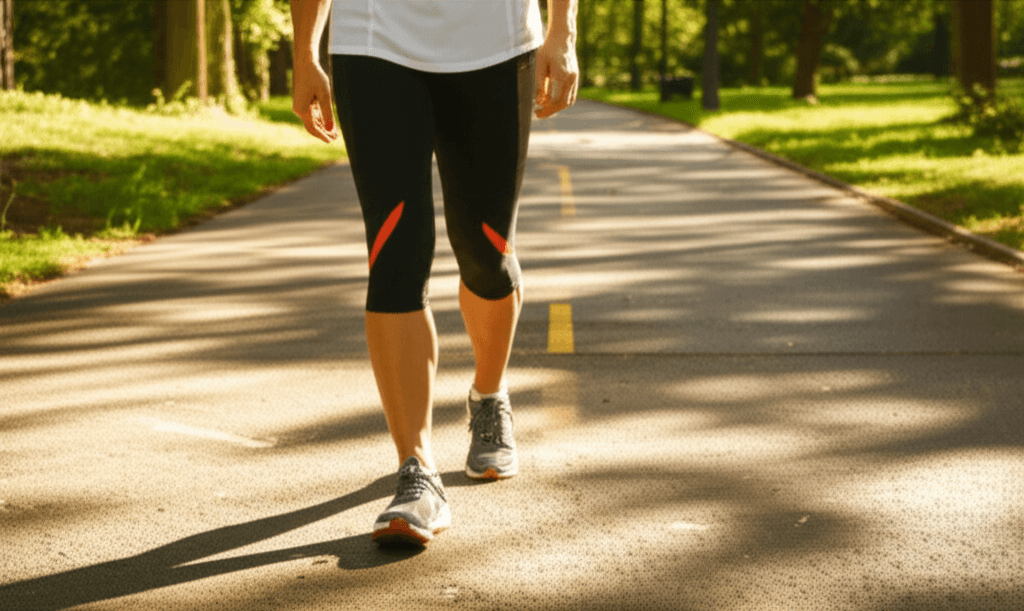
Your 31-Day Plan: Walking & Mobility
This plan progressively increases walking duration and introduces key mobility exercises. Listen to your body and adjust as needed. If any exercise causes sharp pain, stop immediately. It’s recommended to warm up with 5 minutes of light walking before dynamic stretches and walks, and cool down with static stretches after your activity.
Week 1: Gentle Introduction & Foundational Mobility
Goal: Establish a consistent walking habit and introduce basic mobility. Start slow and build up.
- Walking: Begin with 5-10 minutes of easy-paced walking, 3-4 times a week. You can break this into shorter 1-2 minute segments if needed.
- Mobility (Daily, 5-10 minutes): Focus on gentle movements to warm up muscles and joints.
- Arm Circles: Stand with arms extended to sides, make small circles, gradually increasing size, then reverse direction. (1 minute)
- Leg Swings: Holding onto support, swing one leg forward and backward, then side to side. (1 minute per leg)
- Neck Half Circles: Gently tilt head to one shoulder, roll chin to chest, then to the other shoulder. (30 seconds each direction)
- Cat-Cow Stretch: On all fours, arch spine on inhale (cow), round spine on exhale (cat). (8-10 reps)
- Pelvic Tilts (Seated or Lying): Gently tilt pelvis forward and backward. (10-15 reps)
Week 2: Increasing Duration & Expanding Mobility
Goal: Gradually increase walking time and add more full-body mobility exercises.
- Walking: Aim for 10-15 minutes of walking, 4-5 times a week. Continue at an easy to moderate pace where you can still hold a conversation.
- Mobility (Daily, 10-15 minutes):
- Repeat Week 1 exercises.
- Torso Twists: Stand or sit, gently twist upper body side to side. (1 minute)
- 90/90 Hip Switch: Sit with legs wider than shoulder-width, knees bent at 90 degrees, rotate knees to one side from the hips, then to the other. (6 reps)
- Inchworm: Start standing, bend at waist, walk hands out to plank, then walk hands back to feet. (5-8 reps)
- Standing Chest Stretch: Interlace fingers behind your back and lift arms slightly until a stretch is felt in the chest. (2-3 reps, hold 20-45 seconds each)
Week 3: Building Endurance & Deeper Mobility
Goal: Work towards longer walks and incorporate more dynamic and challenging mobility.
- Walking: Progress to 15-20 minutes of continuous walking, 5 times a week. Consider adding short bursts of faster walking if comfortable.
- Mobility (Daily, 15-20 minutes):
- Repeat previous week’s exercises.
- World’s Greatest Stretch (Lunge with Spinal Twist): From a lunge position, place hands inside front foot, then twist torso towards front knee, reaching arm to ceiling. (8-10 reps per side)
- Downward Dog Hip Opener: From Downward Dog, bend one knee, then lift the leg up and back, opening the hip. (8 reps per side)
- Cobra Press-up (Gentle): Lie on stomach, hands under shoulders, gently press up, lifting chest, stretching hip flexors and activating spinal muscles. (5-10 reps)
- Seated Butterfly Stretch: Sit with soles of feet together, knees dropped to sides, gently lean forward. (Hold for 30 seconds)
Week 4: Consistency & Advanced Mobility
Goal: Solidify your walking routine and refine mobility.
- Walking: Aim for 20-30 minutes of walking, 5-6 times a week. Focus on maintaining good posture: head up, back straight, abdominal muscles engaged, arms swinging at 90-degree angle. Vary your route to prevent boredom and challenge yourself.
- Mobility (Daily, 15-20 minutes):
- Repeat previous exercises, increasing reps or hold time as comfortable.
- Knee-to-Chest Stretch: Lie on back, bring one knee to chest, hug it gently. (2-3 reps per side, hold 20-45 seconds)
- Bridge: Lie on back, knees bent, feet flat. Lift hips off the floor, engaging glutes and core. (3-4 reps, hold for 30 seconds)
- Squat with Thoracic Twist: Perform a squat, then at the bottom, twist torso to one side, reaching one arm up. (5-8 reps per side)
- Ankle Alphabet: Sit or stand, extend one leg, and draw letters of the alphabet with your toes. (Repeat twice a day per ankle)
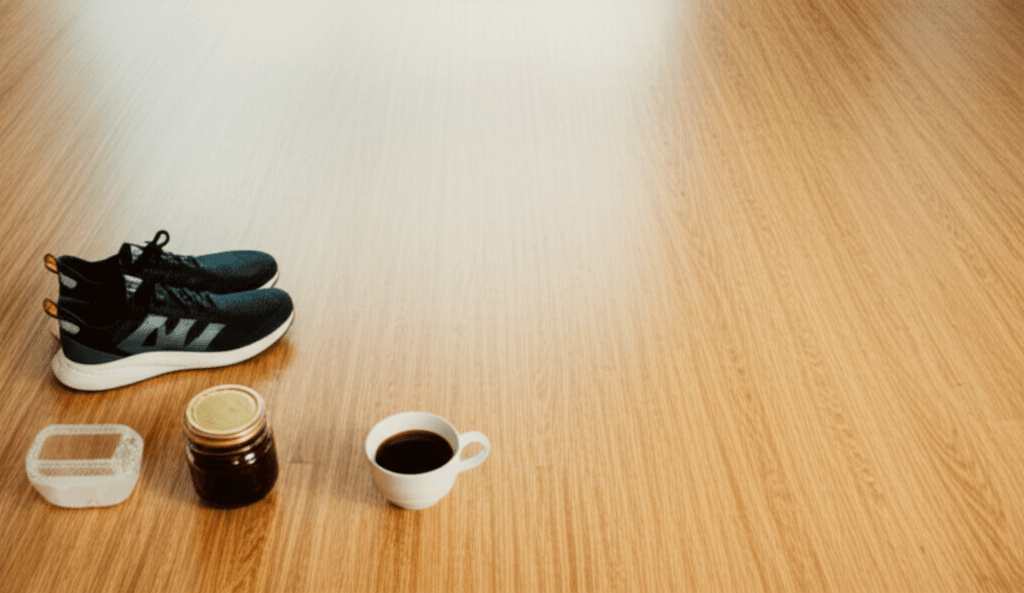
Essential Supporting Habits
Beyond movement, other factors significantly impact pain levels and mobility.
Hydration for Joint Health
Water is crucial for joint health as it’s a key component of synovial fluid, which lubricates your joints and acts as a shock absorber. Dehydration can lead to reduced synovial fluid, increased stiffness, and discomfort. Proper hydration also helps transport nutrients to joint tissues and flush out toxins that contribute to inflammation. Aim to drink enough water throughout the day.
Anti-Inflammatory Nutrition
Diet plays a significant role in managing inflammation, a common contributor to pain. Incorporate foods rich in antioxidants, fiber, and omega-3 fatty acids.
- Include: Fatty fish (salmon, mackerel, sardines), leafy greens (spinach, kale), berries, nuts and seeds (walnuts, chia, flaxseeds), olive oil, and certain spices like turmeric and ginger.
- Limit: Processed foods, high-sugar foods, and unhealthy fats (trans fats, excessive saturated fats).
Rest and Recovery
Rest days are just as important as active days. When you exercise, tiny tears occur in muscle fibers, and true growth and strengthening happen during recovery. Adequate rest prevents overuse injuries, replenishes energy stores, and improves mental well-being.
- Schedule at least one rest day per week from intense workouts.
- Active recovery (light stretching, gentle walking) can boost blood flow and aid recovery on rest days without overstraining muscles.
- Prioritize 7-9 hours of quality sleep nightly, as most muscle repair occurs during sleep.
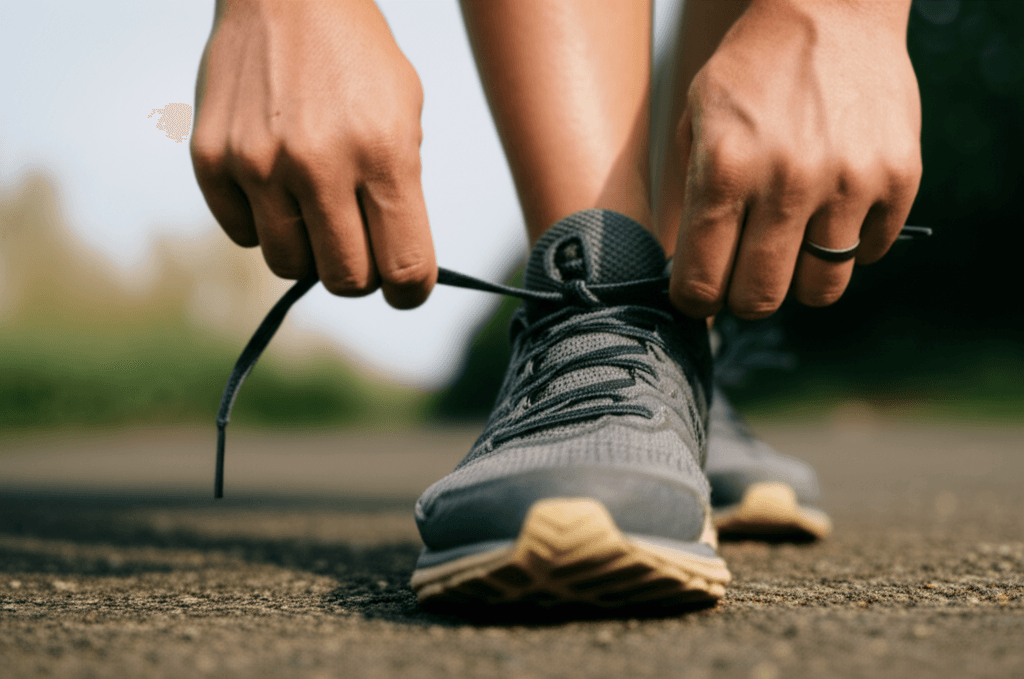
Making it a Sustainable Habit
Consistency is key for long-term pain reduction and improved mobility.
- Set Realistic Goals: Start small and gradually increase duration and intensity.
- Listen to Your Body: Reduce pace or take extra rest days if you experience pain.
- Track Progress: Use a journal or app to log your activities and celebrate small wins.
- Incorporate Variety: Mix up your walking routes and mobility exercises to stay engaged.
- Seek Support: Work out with friends, join a group, or consult a physical therapist for guidance.
By consistently integrating this 31-day plan into your routine, you can significantly reduce pain, enhance your mobility, and enjoy a more active and comfortable life.



